As landscape architects, we know that color is more than a visual detail—it’s a key part of how a space feels and functions. Color has the power to transform any outdoor space, setting the mood, highlighting focal points, and bringing fresh interest through every season. With a few strategic choices, you too can use color to add personality and life to your landscape.
Hues That Evoke Emotion
- Colors in your outdoor space can set the tone and affect your mood. Cool tones like blues and purples are known for their calming effects. You can introduce these colors with flowers like veronica, phlox, lilac, or even boulder blue fescue. Water features, outdoor furniture, cool-toned metal, or stone elements can also draw on these cooler hues to help create a soothing atmosphere.
- On the flip side, warm colors—reds, yellows, and oranges—inject energy into a space. Plants like red twig dogwood, barberry, and blanket flower can add vibrancy, while colorful art sculptures, fire pits, or natural wood accents warm up the space. Whether you’re aiming for relaxation or excitement, colors help set the mood.
- Individual style typically involves combining colors to balance the mood. Blending a variety of colors in a garden can create a whimsical, playful atmosphere. This approach adds energy and unpredictability to a space, making it feel lively and dynamic. On the other hand, a monochromatic palette, such as using shades of white, silver, or any single hue, lends a sense of sophistication and elegance to the landscape. A unified color scheme creates harmony, making the space feel more refined and cohesive, perfect for formal gardens or modern minimalist designs.
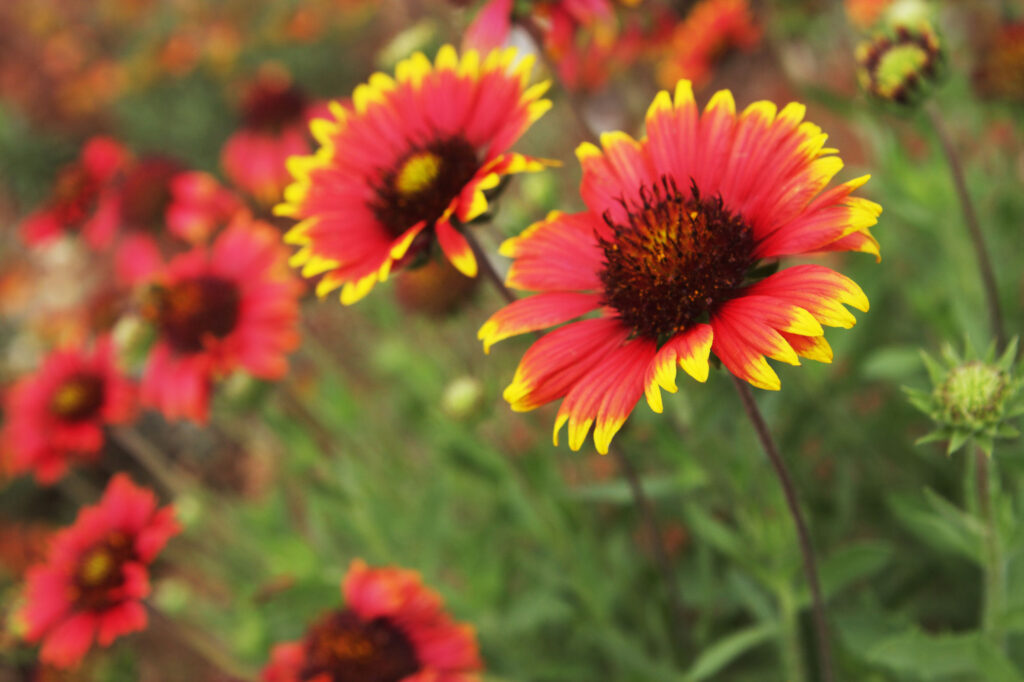
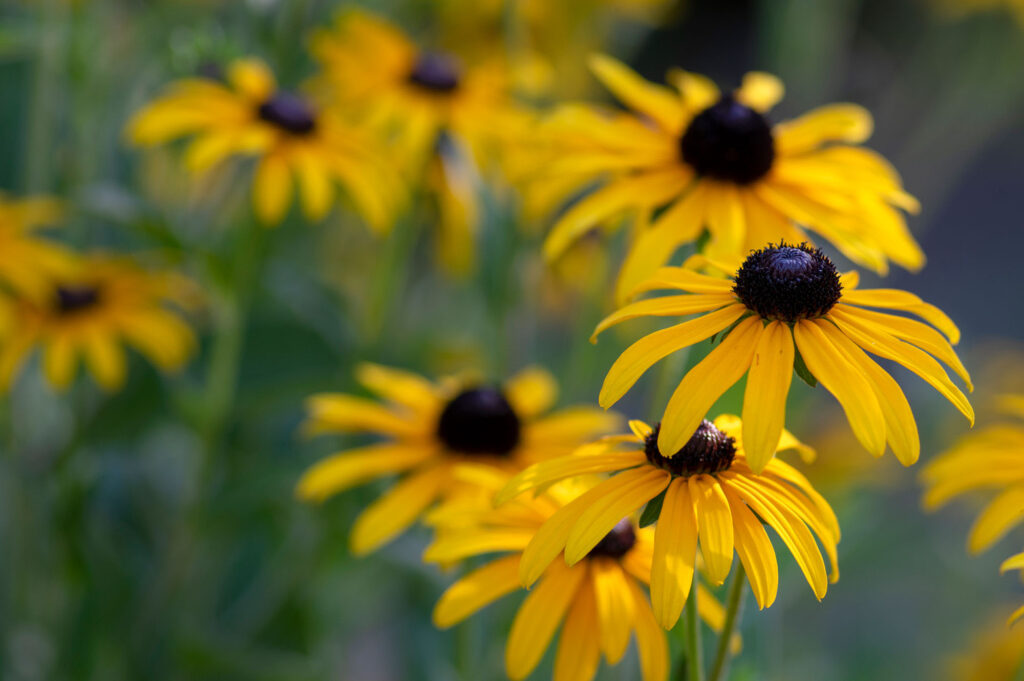
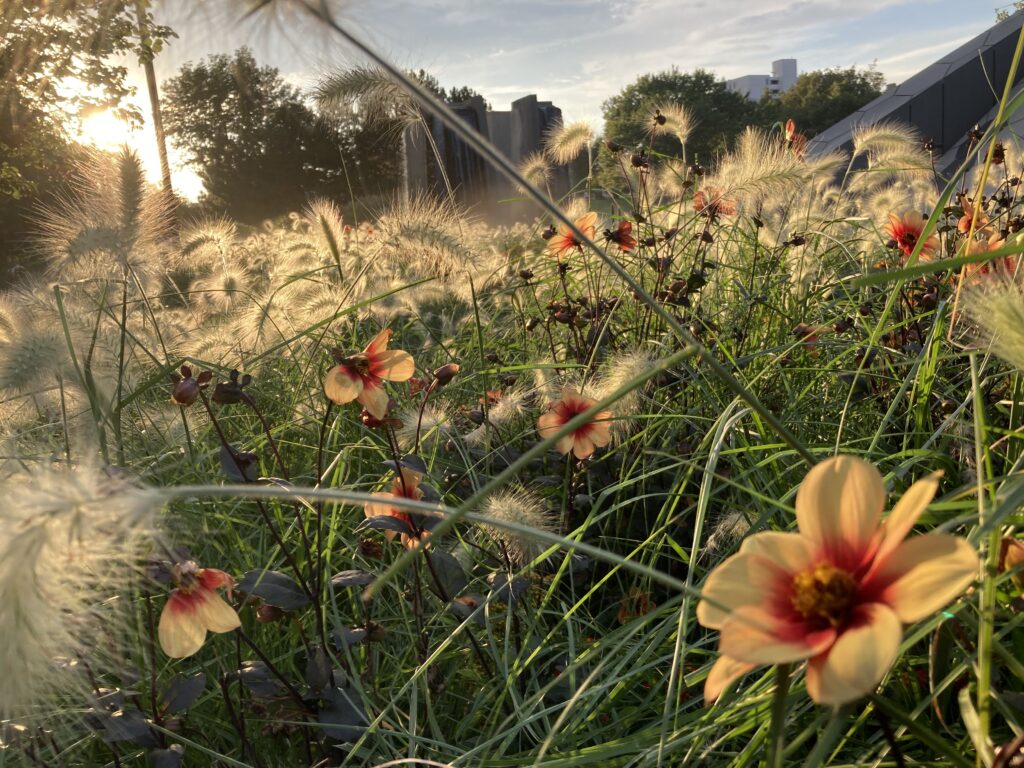
Seasonal Color Variations for Year-Round Interest
- A well-designed landscape can feature color year-round by selecting plants with different seasonal traits. In the spring, bring in early bloomers like tulips, daffodils, or forsythia to brighten things up. Summer brings a wave of colorful foliage and blooms, while autumn offers the brilliant reds and yellows of trees like maple, aspen, and sumac. Even winter can shine with evergreen plants, striking bark, and the silvery dried plumes of ornamental grasses.
- You can also use annual flowers for even more seasonal flexibility. Swap them out every season or year to add fresh colors without long-term commitment, allowing your landscape to constantly evolve.
Creating Focal Points in Your Landscape
- Colors can be used strategically to direct attention. A vibrant flowering tree, a bold garden sculpture, or a brightly colored planter can serve as a focal point, guiding the eye and adding interest to a specific area.
- Creating contrast also brings depth to your landscape. For instance, pairing burgundy coral bells with chartreuse sedge or placing bright white flowers against a deep green backdrop can create dramatic, high-impact visual effects that draw attention and keep your design lively.
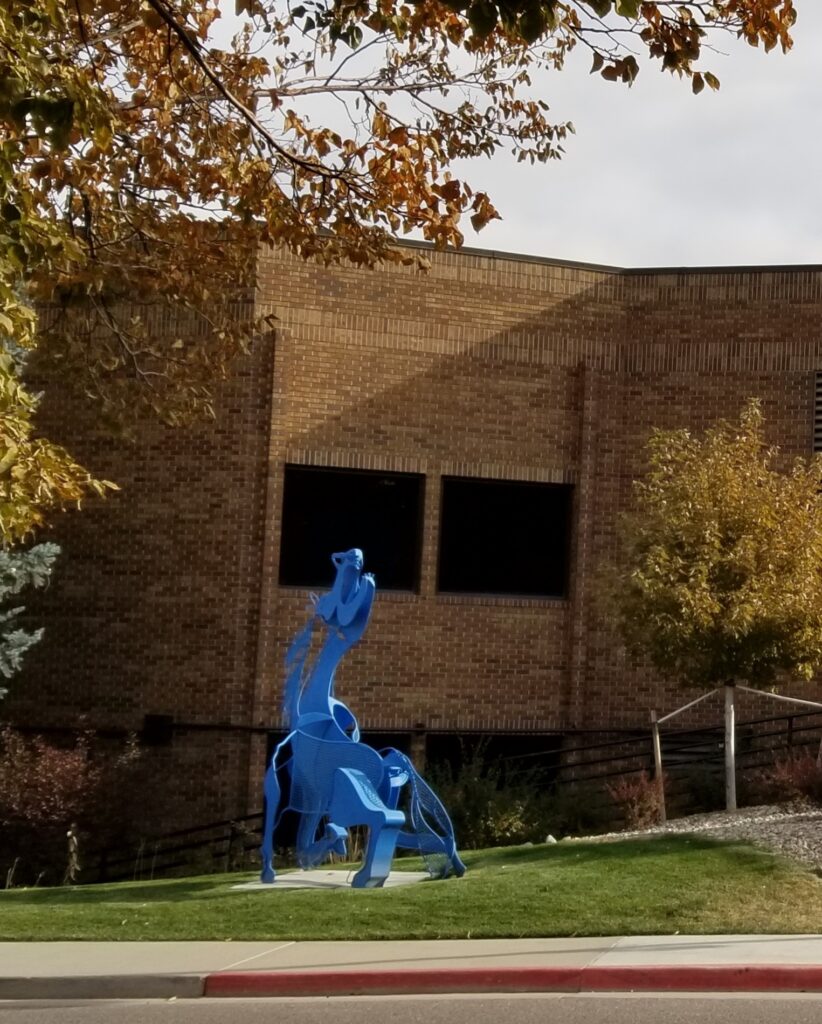
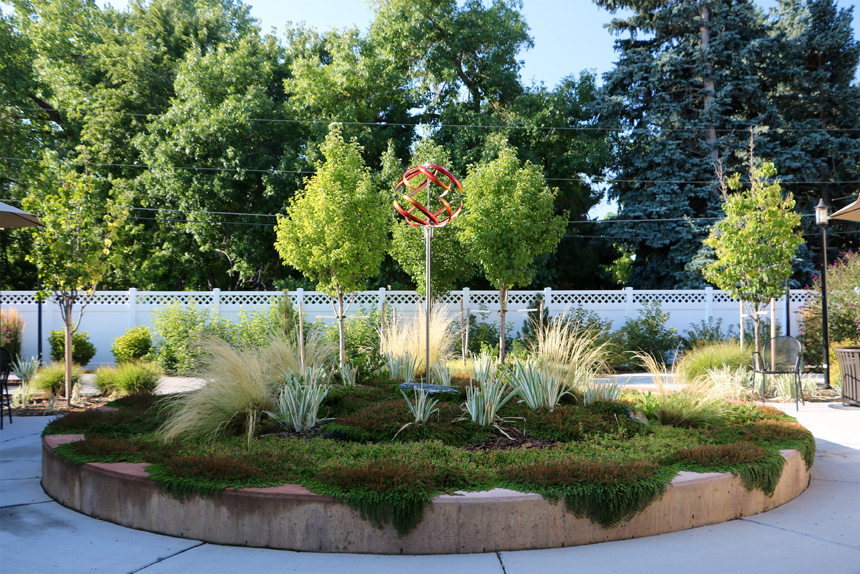
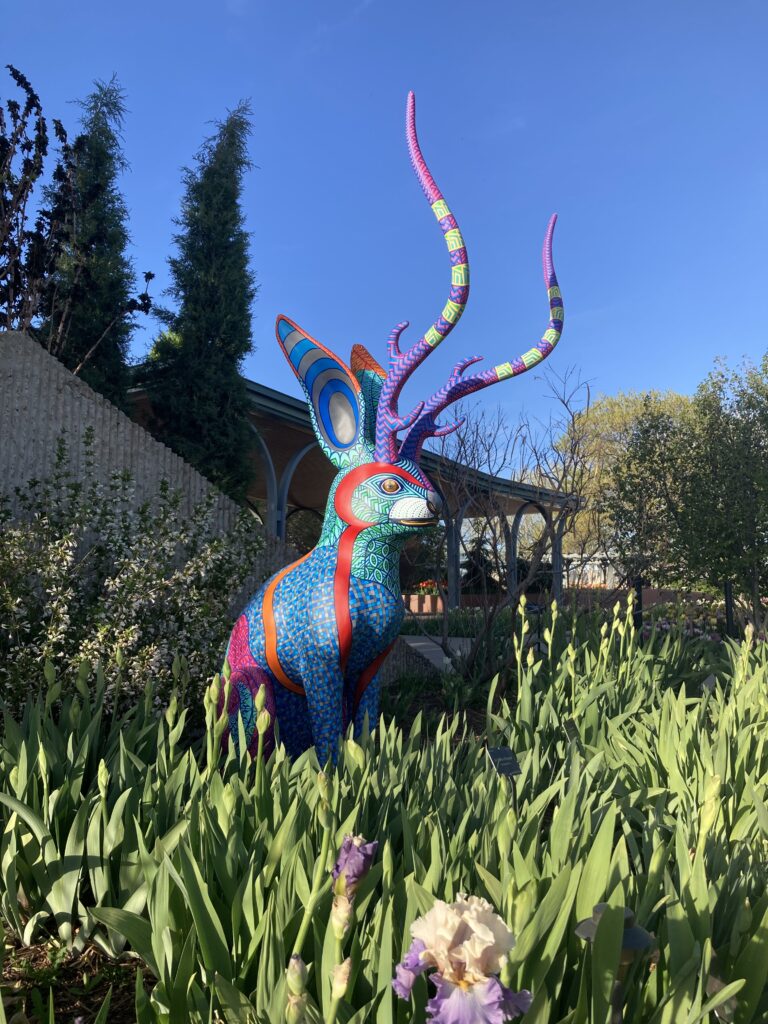
Environmental Impacts of Color Choices
- Color affects more than just the aesthetics of your landscape; it also has environmental impacts. Lighter colors reflect heat, making your outdoor spaces cooler and more comfortable, while darker features like pathways or furniture absorb heat, influencing plant health and the comfort of those using the space.
- Color can also attract beneficial pollinators. Bees, butterflies, and birds are drawn to shades of purple, yellow, and red, making thoughtful plant selection not just about beauty but also about supporting the local ecosystem.
In landscape design, color plays a vital role that goes beyond mere aesthetics. It shapes the atmosphere of your outdoor space, offers seasonal variety, and can even impact the surrounding environment. Whether you desire a serene retreat or a lively garden, thoughtful color choices can dramatically enhance how a landscape is perceived and enjoyed. By selecting the right plants, materials, and design elements, you can create an outdoor oasis that beautifully reflects your style and harmonizes with nature.
If you’re ready to bring more color, energy, and visual interest to your outdoor space, the team at Outdoor Design Group can help. Our experts specialize in crafting beautiful, functional landscapes that reflect your vision and enhance your environment.
This is the official blog of Outdoor Design Group, Colorado Landscape Architects. For more information about our business and our services, click here.